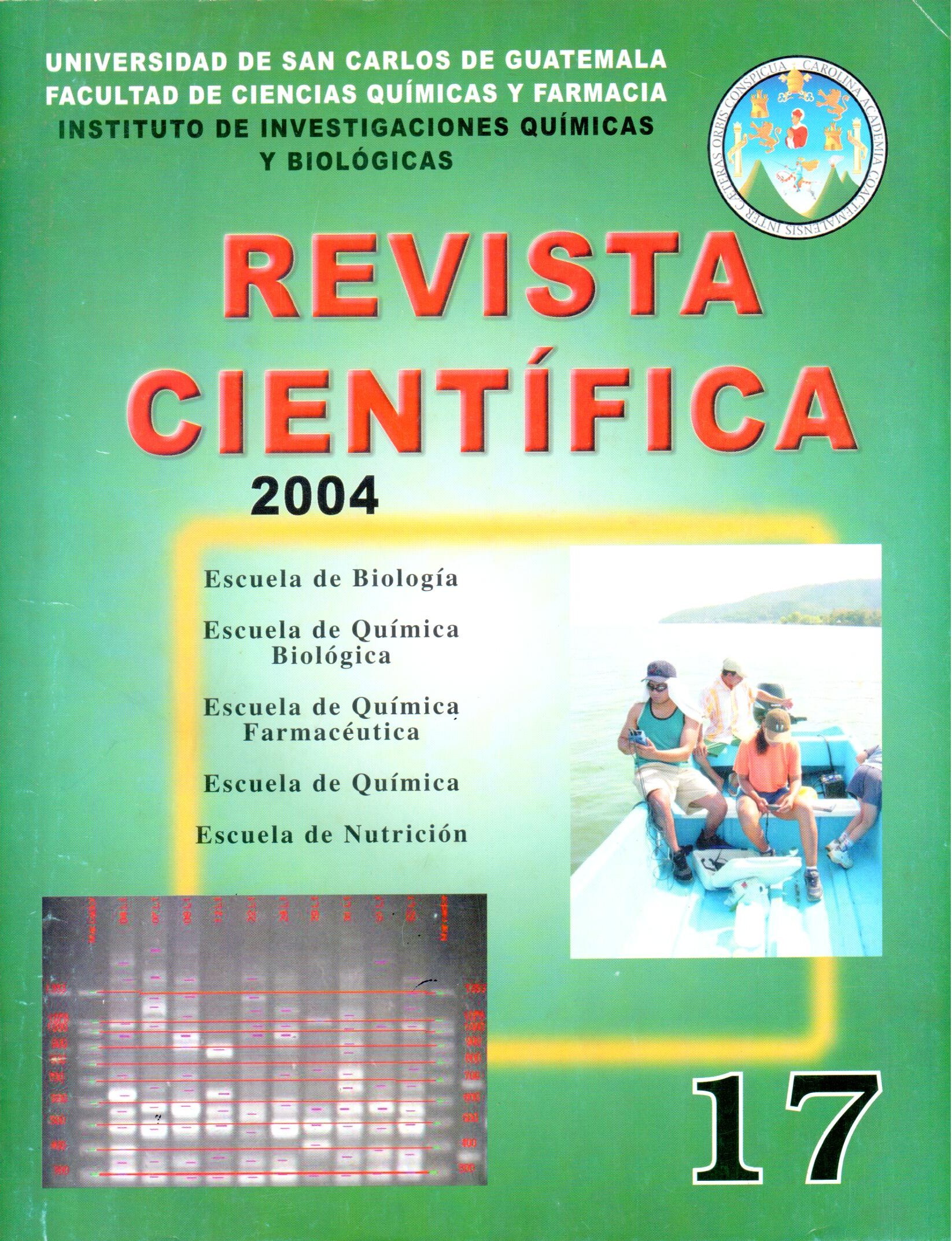"Abundance, Distribution, and Troop Composition of the Black Howler Monkey (Alouatta Pigra) in Different Forest Remnants in the Lachuá Ecoregion"
DOI:
https://doi.org/10.54495/Rev.Cientifica.v17i1.225Keywords:
Alouatta pigra, black howler monkey, fragmentation, forest remnants, Laguna Lachuá National Park-PNLL-, cosmovision, representation, forest corridorsAbstract
This study analyzes the distribution, abundance, and troop composition of the black howler monkey, Alouatta pigra, in the Lachuá ecoregion. The forest remnants where the monkeys were located varied in size, vegetation cover type, and isolation distance between each individual. The effect of community representation of the black howler monkey on the abundance and distribution of these primates was also considered. In a total of 1,067 hours of searching, 414 individuals were observed, of which 403 (97%) formed 80 troops and 11 (3%) formed extra-troop groups, solitary individuals, and one adult female mantled howler monkey, A. palliata, that was part of an A. pigra troop. Habitat fragmentation was observed to modify the potential habitat for black howler monkeys by limiting the distribution of individuals to the few remaining forest remnants in their area of influence and to the PNLL. These remnants are frequently isolated. Greater numbers of individuals and troops were detected in patches near hills, possibly related to a greater abundance of the ramon tree (Brosimum spp.) near archaeological sites in the area. In addition, an abundance of the food trees tamarind (Dialium guianense) and amate (Ficus spp.) was observed in this area. The average troop size in the patches (forested areas less than 4 km2) was 5.19 (±1.97 with a range of 1 to 2 individuals), in the hills (area of 18.09 km2) it was 5.35 (±1.70 with a range of 8 to 3) and in the PNLL (area of 31.74 km2) it was 3.89 (±1.33 with a range of 6 to 3). The average of the relative population density indices was 13.01 ind/km2 in the patches and 6.8 ind/km2 in the hills. The ecological relative density index in the PNLL was 1.8 and a range of 1.04 to 700.67 ind/km2 was observed. The composition of the total number of troops detected (N=80) was as follows: 34% adult males (N=136), 35% adult females (N=142), 6% juvenile males (N=24), 9% juvenile females (N=34), 1% unsexed juveniles (N=5), and 15% infants (N=62). The proportion of adult males was higher in areas with lower density (hills), and a high tendency towards polygamous and single-male troops was observed. The number of A. pigra individuals detected was higher in remnants with forest cover and in poorly isolated patches (81 to 262 m apart).
Downloads
References
.
Downloads
Published
How to Cite
Issue
Section
License
Copyright (c) 2004 M.M. Rosales, A. Estrada, J.E. López

This work is licensed under a Creative Commons Attribution 4.0 International License.
Authors who publish with this journal agree to the following terms:
- Authors retain copyright and grant the journal right of first publication with the work simultaneously licensed under a Creative Commons Attribution License 4.0 that allows others to share the work with an acknowledgement of the work's authorship and initial publication in this journal.
- Authors are able to enter into separate, additional contractual arrangements for the non-exclusive distribution of the journal's published version of the work (e.g., post it to an institutional repository or publish it in a book), with an acknowledgement of its initial publication in this journal.
- Authors are permitted and encouraged to post their work online (e.g., in institutional repositories or on their website) prior to and during the submission process, as it can lead to productive exchanges, as well as earlier and greater citation of published work.









